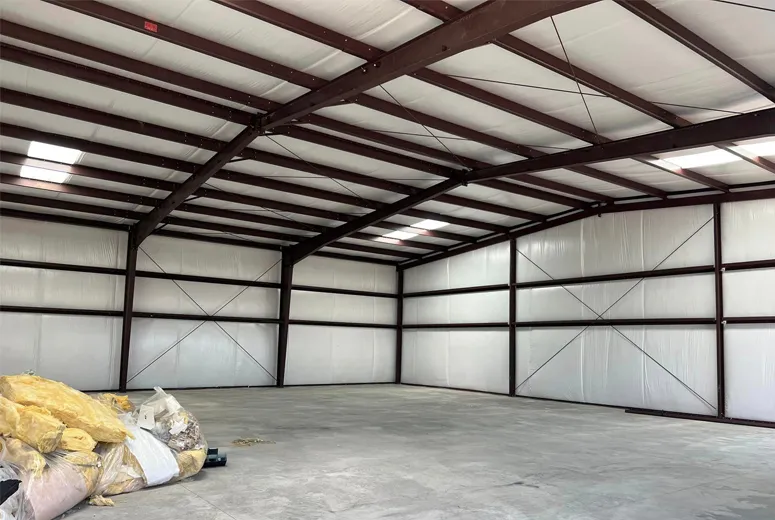- Afrikaans
- Albanian
- Amharic
- Arabic
- Armenian
- Azerbaijani
- Basque
- Belarusian
- Bengali
- Bosnian
- Bulgarian
- Catalan
- Cebuano
- Corsican
- Croatian
- Czech
- Danish
- Dutch
- English
- Esperanto
- Estonian
- Finnish
- French
- Frisian
- Galician
- Georgian
- German
- Greek
- Gujarati
- Haitian Creole
- hausa
- hawaiian
- Hebrew
- Hindi
- Miao
- Hungarian
- Icelandic
- igbo
- Indonesian
- irish
- Italian
- Japanese
- Javanese
- Kannada
- kazakh
- Khmer
- Rwandese
- Korean
- Kurdish
- Kyrgyz
- Lao
- Latin
- Latvian
- Lithuanian
- Luxembourgish
- Macedonian
- Malgashi
- Malay
- Malayalam
- Maltese
- Maori
- Marathi
- Mongolian
- Myanmar
- Nepali
- Norwegian
- Norwegian
- Occitan
- Pashto
- Persian
- Polish
- Portuguese
- Punjabi
- Romanian
- Russian
- Samoan
- Scottish Gaelic
- Serbian
- Sesotho
- Shona
- Sindhi
- Sinhala
- Slovak
- Slovenian
- Somali
- Spanish
- Sundanese
- Swahili
- Swedish
- Tagalog
- Tajik
- Tamil
- Tatar
- Telugu
- Thai
- Turkish
- Turkmen
- Ukrainian
- Urdu
- Uighur
- Uzbek
- Vietnamese
- Welsh
- Bantu
- Yiddish
- Yoruba
- Zulu
Dec . 16, 2024 00:47 Back to list
Optimizing Steel Fabrication Workshop Layout for Enhanced Efficiency
The design and layout of a steel fabrication workshop play a pivotal role in determining operational efficiency, productivity, and overall safety. With the increasing demands for steel products across various industries, it has become essential for workshop managers to create an optimized environment that can streamline processes and enhance workflow. This article explores the critical elements involved in planning an effective steel fabrication workshop layout.
Understanding the Workflow
At the heart of any successful workshop layout is a clear understanding of the specific workflows involved in steel fabrication. Typically, the process includes cutting, welding, machining, and finishing operations. By mapping out these processes, workshop managers can identify the most logical sequence of operations, ensuring that materials move smoothly from one stage to the next. A well-planned layout minimizes unnecessary movement and reduces the chances of material damage, ultimately saving time and costs.
Key Considerations for Workshop Layout Design
1. Space Utilization Efficient use of space is crucial in a steel fabrication workshop. The layout should allocate adequate space for each operation while also allowing for easy movement of workers and materials. This may involve selecting an open floor plan or creating designated areas for specific operations, such as cutting zones, welding stations, and assembly lines.
2. Workflow Zones Creating distinct zones for different fabrication processes can significantly enhance efficiency. Cutting stations can be placed close to the raw material storage area to reduce transport times. Welding stations should ideally be near the machining and finishing areas, allowing for a smooth transition from one process to the next. These zoning principles help in developing a systematic flow of operations, which is vital in a busy workshop.
steel fabrication workshop layout

3. Equipment Placement The arrangement of equipment is another significant factor in workshop layout design. Heavy machinery should be situated in a way that provides ample space for operations and easy access for maintenance. Additionally, consideration should be given to the weight and size of equipment to prevent overcrowding and to ensure safety. Portable equipment can be strategically placed to allow flexibility in the workshop for various projects and processes.
4. Safety Measures A safe working environment is paramount in a steel fabrication workshop. The layout should comply with safety regulations, ensuring clear pathways for emergency exits and that hazardous materials are stored away from high-traffic areas. Additionally, safety equipment, such as fire extinguishers and first aid kits, should be easily accessible throughout the workshop.
5. Material Handling Efficient material handling systems are essential for a steel fabrication workshop. This may include the use of cranes, forklifts, and conveyors to transport heavy steel components. The layout should facilitate easy access to materials and finished products, minimizing the handling times and reducing the risk of accidents associated with manual lifting.
6. Ergonomics Considering ergonomics in the workshop layout is vital for worker comfort and productivity. Workstations should be designed to reduce strain, with tools and materials positioned within easy reach. Adjustable work surfaces can also be beneficial in accommodating different tasks and worker preferences.
7. Flexibility and Scalability Finally, the layout should allow for future modifications. As projects evolve and new technologies are introduced, flexibility becomes critical. The ability to reconfigure stations or expand areas can accommodate growth without requiring a complete redesign.
Conclusion
Designing an efficient steel fabrication workshop layout requires careful planning and consideration of various factors, including workflow, space utilization, equipment placement, and safety measures. By implementing a strategic layout, workshops can significantly enhance productivity, reduce operational costs, and create a safer working environment. As the demand for steel products continues to grow, optimizing the fabrication workshop will be key to staying competitive in the industry. Emphasizing efficient design will not only improve day-to-day operations but also ensure that the workshop can adapt to the evolving needs of the marketplace.
-
How Do Prefabricated Steel Structures Transform Modern Construction?
NewsJul.14,2025
-
How Do Prefabricated Metal Buildings Redefine Modern Construction?
NewsJul.14,2025
-
How Do Prefab Insulated Metal Buildings and Steel Structures Revolutionize Modern Construction?
NewsJul.14,2025
-
How Do Pre - Engineered Steel Structures Redefine Modern Construction?
NewsJul.14,2025
-
Advancing Modular Construction with Prefabricated Metal Structures
NewsJul.14,2025
-
Advancing Industrial Infrastructure with Prefabricated Steel Solutions
NewsJul.14,2025
Products categories
Our Latest News
We have a professional design team and an excellent production and construction team.












